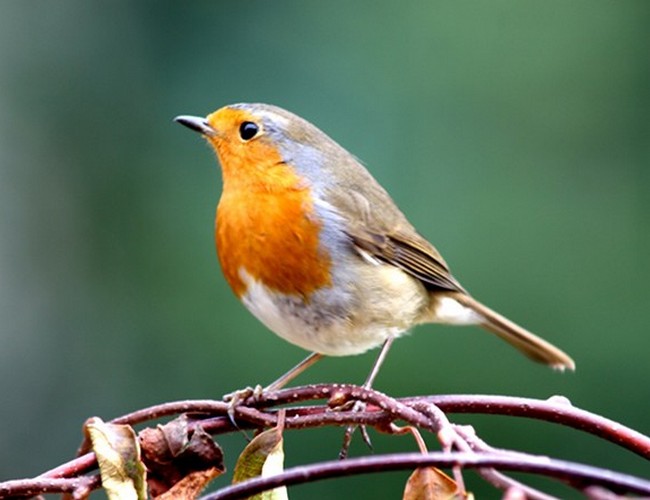Discover the significance and cultural importance of the national bird of England. explore its history, symbolism, and associations with English.
Introduction
The national bird of England has long been considered a symbol of national identity and pride in many countries around the world. From the bald eagle of the United States to the kiwi of New Zealand, national birds hold a special place in the hearts of people and represent the natural heritage of a nation. In the case of England, the national bird holds a significant role in shaping the country’s cultural and sporting landscape.
Overview of the National Bird of England
The national bird of England is the robin, a small yet iconic bird known for its distinctive red breast. In 2015, the robin was once again voted as Britain’s national bird in a poll organized by birdwatcher David Lindo. With a strong 34% of the final vote, the robin emerged as the clear winner, capturing the imaginations of thousands of people across the country.

Significance of National Birds in Different Countries
The selection of a national bird of England is not a trivial matter. It goes beyond a mere representation of a species and becomes a symbol that reflects the values, history, and natural beauty of a nation. National birds serve as ambassadors for their respective countries, appearing on flags, currency, and official emblems. They evoke a sense of identity and unity, reminding citizens of their shared heritage and the unique ecological diversity of their homeland.
Throughout history, the national bird of England has played important roles in folklore, literature, and art. Their images have adorned tapestries, paintings, and sculptures, becoming cultural icons that resonate with people from all walks of life. National birds are also significant in promoting conservation efforts, raising awareness about the need to protect and preserve the natural habitats that these birds call home.
Purpose of the Article
The purpose of this article is to delve into the fascinating topic of the national bird of England and explore its historical, cultural, and symbolic significance. We will examine the reasons behind the choice of the robin as Britain’s national bird and uncover the various characteristics and symbolism associated with this beloved avian species.
Additionally, we will explore alternative contenders for the prestigious title of the national bird of England, such as the barn owl and blackbird, and understand why the robin emerged victorious in the poll. We will also delve into the wider context of national birds across the globe, examining other countries’ choices and the cultural and historical meanings behind them.
By the end of this article, readers will gain a deeper understanding of the importance of national birds, particularly the robin, as symbols of national pride and identity. Whether you are a bird enthusiast, a lover of British culture, or simply curious about the fascinating world of national symbols, join us on this journey as we unravel the secrets of a beloved national bird of England.
The Robin as the National Bird of England
The robin, with its vibrant red breast and cheerful demeanor, holds a special place in the hearts of many as the national bird of England. Its selection, through a nationwide poll in 2015, captured the imagination of the public and solidified its position as a beloved symbol of the country’s natural heritage. In this chapter, we will explore the history behind the robin’s designation as Britain’s national bird, its characteristics and symbolism, and its associations with English and Welsh sports teams.
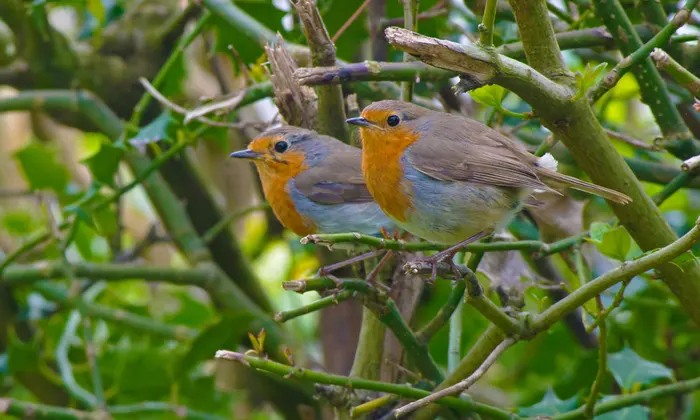
History of the Robin being voted as Britain’s national bird in 2015
In December 2015, over 200,000 people across the United Kingdom participated in a poll to determine the country’s first-ever national bird of England. The campaign was led by birdwatcher David Lindo, who aimed to raise awareness about bird conservation and to celebrate the rich avian diversity of Britain. The robin emerged as the clear winner, securing an impressive 34% of the vote.
This victory was not the first time the robin had been considered as Britain’s national bird. In fact, back in 1960, the robin was declared the official national bird of Britain. However, it was not an officially recognized designation at the time. The 2015 poll reaffirmed the robin’s popularity and brought it into the spotlight once again.
The characteristics and symbolism of Robin
The robin, scientifically known as Erithacus trabecula, is a small songbird that can be found throughout the British Isles. Its most distinct feature is its vibrant red breast, which has given rise to its association with the festive holiday season. The robin’s appearance during winter, hopping around gardens and parks, has made it a charming and recognizable symbol of hope and joy.
Beyond its appearance, the robin’s behavior and song add to its appeal. The male robin defends its territory fiercely and serenades the surroundings with a delightful melodic song. Its presence throughout the year, even during the colder months, has further elevated its status as a resilient and enduring symbol of nature.
Associations of the Robin with English and Welsh sports teams
The robin’s association with English and Welsh sports teams further solidifies its status as a national symbol. In English football, the robin has become associated with several clubs, most notably Bristol City FC. The club’s nickname, “The Robins,” is derived from the bird, and their fans proudly wear red and white, the colors that mirror the robin’s plumage.
In Welsh rugby, the national team emblem features a red dragon alongside a red poppy and a red feather, which symbolizes the Welsh cap. While the feather represents various species of birds, the robin has often been associated with this emblem, emphasizing its place in Welsh sporting pride.
The robin’s presence in the sporting world not only highlights its recognition as a national symbol but also demonstrates the deep connection between nature, culture, and the collective identity of the people.
Other Contenders for the National Bird of England
While the robin holds the esteemed title of Britain’s national bird of England, it was not the only contender in the race. Several other avian species garnered attention and support during the national bird vote, showcasing the diverse range of bird species that could have represented England. In this chapter, we will explore other notable contenders for the position of national bird, including the barn owl and the blackbird, as well as other birds that were considered during the selection process.
Barn Owl is a popular choice in the National Bird Vote
The barn owl, scientifically known as Tyro alba, is a captivating and mysterious bird that captured the imagination of many during the national bird vote. With its impressive wingspan, heart-shaped face, and ghostly appearance, the barn owl symbolizes wisdom and eloquence in folklore and literature.
The barn owl’s nocturnal habits and exceptional hunting skills add to its allure. It silently glides through the night sky, utilizing its keen hearing and ability to locate prey in complete darkness. These unique characteristics have earned the barn owl a place in the hearts of nature enthusiasts and bird lovers.
Had the barn owl been chosen as England’s national bird, it would have represented the enigmatic beauty of the country’s landscapes and the delicate balance between wildlife and human existence.
Blackbird and its significance in British culture
The blackbird, known scientifically as Turnus morula, is a familiar and melodious bird that holds significant cultural symbolism in British literature, folklore, and music. Its enchanting song and glossy black plumage adorned with a bright yellow eye-ring make it a captivating sight.
The blackbird’s presence in British gardens, parks, and woodlands has made it a common sight, fostering a connection between people and nature. It has been celebrated in numerous poems and songs, highlighting its association with the beauty of the natural world.
Although the blackbird did not emerge as the national bird in the 2015 vote, its cultural significance and enchanting presence continue to make it a beloved ambassador of the British avian world.
Other birds considered for the position
In addition to the robin, barn owl, and blackbird, various other bird species were considered during the selection process for the national bird of England. These included the puffin, kingfisher, and wren, among others. Each bird possessed unique qualities and captured the imagination of people for different reasons.
The puffin, with its colorful beak and comical appearance, represents the richness of marine ecosystems and the importance of coastal conservation. The kingfisher, with its striking blue and orange plumage, symbolizes peace, calmness, and the beauty of rivers and streams. The wren, despite its small size, boasts a powerful voice and signifies vitality, resourcefulness, and determination.
While these birds may not have garnered as much support as the robin, barn owl, or blackbird, their inclusion in the selection process reflects the diverse and vibrant avian population that England is fortunate to host.
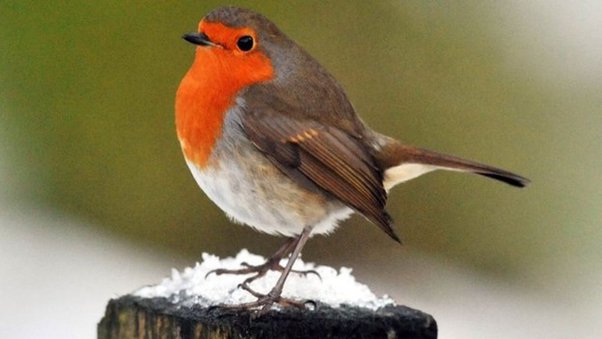
The Significance of National Birds
The national bird of England holds a special place in the hearts and minds of people around the world. These avian ambassadors not only represent the natural beauty of a country but also serve as powerful symbols of identity, pride, and cultural heritage. In this chapter, we will delve into the significance of national birds and explore their role in shaping our collective consciousness.
The role of national birds as symbols of identity and pride
The national bird of England plays a vital role in shaping a nation’s identity and fostering a sense of pride among its citizens. By embodying the unique characteristics and beauty of a country’s avian species, these birds become icons that evoke a strong emotional connection with the land, culture, and people.
The selection of a national bird of England is often a reflection of a country’s cultural values, natural heritage, and historical significance. When people see the national bird, they are reminded of their shared history, traditions, and the unique biodiversity that defines their homeland. It fosters a sense of unity and belonging, strengthening the nation’s collective spirit.
Examples of national birds in other countries
National birds can be found in various countries across the globe, each representing the distinctiveness and splendor of their respective lands. Let’s explore a few notable examples:
Bald Eagle – United States
The bald eagle, known scientifically as Haliaeetus leucocephalus, is the national bird and symbol of the United States. With its majestic appearance and soaring flight, the bald eagle embodies strength, freedom, and resilience. It represents the American spirit and the nation’s commitment to liberty and independence.
Peacock – India
In India, the peacock, scientifically known as Pave cristates, holds the title of national bird. Its vibrant plumage and graceful movements make it a striking symbol of beauty and elegance. The peacock represents grace, pride, and cultural significance, and it is often associated with spirituality and fertility in Indian mythology.
Kiwi – New Zealand
The flightless kiwi bird, scientifically known as Apteryx, is the national symbol of New Zealand. This endearing and unique bird reflects the country’s distinct biodiversity and natural wonders. The kiwi has become an emblem of New Zealand’s commitment to conservation, as it faces numerous challenges due to habitat loss and predation.
Cultural and historical importance of national birds
The national birds of England are deeply intertwined with the country’s cultural and historical tapestry. They often feature prominently in mythology, folklore, and artistic expressions. Their presence in traditional stories, songs, and ceremonies reinforces their significance and ensures their continued recognition across generations.
These birds become ambassadors of national identity, not just within the borders of a country but also on the global stage. They serve as representations of a nation’s environmental efforts and commitment to biodiversity conservation. National birds offer a unique opportunity to raise awareness about the importance of protecting habitats and preserving the natural heritage that these birds represent.
By celebrating and cherishing national birds, we honor the ecosystems they inhabit, the unique characteristics they possess, and the important role they play in shaping our countries’ narratives.
Debates and Opinions on the National Bird of England
The selection of a national bird is never without its fair share of debates and differing opinions. The process of choosing the national bird of England was no exception. In this chapter, we will explore the various perspectives surrounding the choice of the Robin as the national bird, as well as alternative opinions on what bird should represent the country.
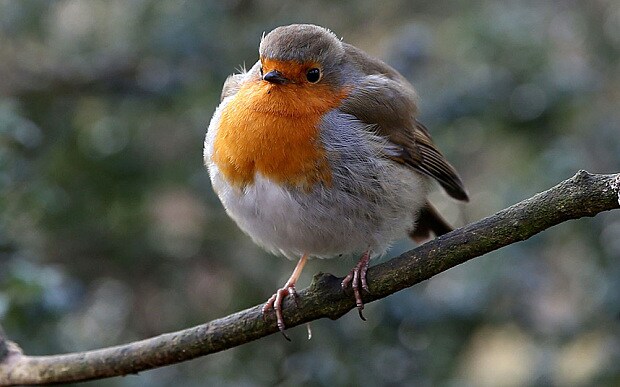
Different perspectives on the Robin as the national bird
The selection of the Robin as the national bird of England in 2015 garnered widespread support and enthusiasm. Many people view the Robin as an iconic and endearing symbol of English gardens and countryside. Its cheerful red breast, pleasant song, and frequent appearances even during the winter months make it a beloved bird to many.
For supporters of the Robin, it represents resilience, adaptability, and the ability to bring joy in the harshest of times. The Robin’s association with Christmas and winter festivities adds to its charm and reaffirms its place in English hearts.
Alternative opinions on the choice of national bird
While the Robin holds a special place in the hearts of many, there are those who hold alternative opinions about what bird should represent England. Some argue that the Barn Owl, with its ethereal beauty and mystical qualities, would have made a more fitting and emblematic national bird.
The Barn Owl, being a nocturnal bird, represents a different facet of England’s natural beauty and wildlife. Its silent flight and enigmatic presence evoke a sense of mystery and wisdom. Advocates for the Barn Owl believe that it would have represented the delicate balance between human existence and the thriving wildlife that coexists in the English countryside.
Controversies and discussions surrounding the selection process
The selection of a national bird is not without controversy. Critics argue that the process may be biased and subjective, with certain birds receiving more attention and popularity than others. They highlight the importance of considering a range of factors, including cultural significance, conservation status, and ecological roles, when choosing a national bird.
Additionally, there are those who believe that the national bird should be a species that is truly native to the country, rather than one that has been introduced or has a relatively recent presence. This viewpoint emphasizes the importance of selecting a bird that is deeply ingrained in the country’s history and ecology.
The debate surrounding the national bird of England continues to provoke discussions and inspire different viewpoints. It is a testament to the passion and appreciation people have for birds and the natural world around them.
FAQs about the National Bird of England
As the national bird of England, the Robin has captured the imagination and curiosity of many people. In this chapter, we will address some frequently asked questions regarding the national bird of England to shed light on various aspects of its significance and recognition.
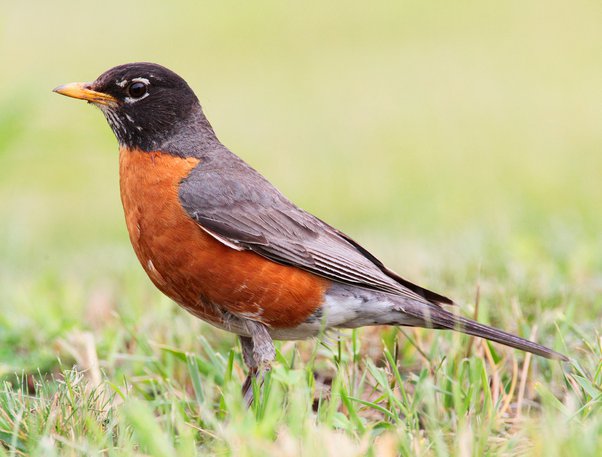
What is the scientific name of the Robin?
The scientific name of the Robin, the national bird of England, is Erithacus trabecula. This scientific name reflects the bird’s genus, Erithacus, and its species, trabecula.
Are there any other countries that have the Robin as their national bird?
The Robin holds a special place in the hearts of not only the English but also in the neighboring country of Wales. Although the Robin is not the official national bird of Wales, it is still recognized as the unofficial national bird and is highly regarded for its cheerful presence and association with the Welsh countryside.
Is there an official recognition of the national bird in the UK?
While the Robin was voted as the national bird of England in 2015 through a public poll conducted by the National Bird Vote, it is important to note that the title of “national bird” does not come with official recognition by the UK government. The designation of a national bird is more symbolic and represents the collective choice and affection of the people towards a particular bird species.
The lack of official recognition does not diminish the cultural and emotional significance that Robin holds for the English people. It remains a beloved and iconic bird, deeply ingrained in the nation’s consciousness and folklore.
The absence of official recognition also allows room for ongoing discussions and debates about the selection and representation of the national bird. It fosters a sense of engagement and ownership among the public, ensuring that the national bird of England remains a topic of interest and celebration.
Conclusion
In this article, we have delved into the world of the national bird of England and explored its significance from various angles. From the charming Robin to other contenders in the National Bird Vote, we have witnessed the debates and opinions that surround the selection process. We have also contemplated the role of the national in representing a country’s identity and pride.
Throughout our journey, we have learned that the Robin, with its history and symbolism, has become a beloved emblem of England. Its portrayal as a resilient and adaptable bird has resonated with many, making it a popular choice for the national bird.
However, we have also encountered alternative opinions that propose birds such as the Barn Owl or the Blackbird as equally deserving candidates. These differing perspectives highlight the diversity of opinions and the subjectivity that surrounds the selection of a national bird.
The significance of national birds cannot be understated. They serve as symbols of pride, identity, and cultural heritage. They evoke emotions, unite people, and remind us of the beauty of the natural world. From the Bald Eagle in the United States to the Kiwi in New Zealand, national birds hold a special place in the hearts and minds of people around the globe.
While there may be controversies and discussions surrounding the selection process, it is the engagement and enthusiasm of the people that keep the national bird of England alive in conversations and celebrations. Whether it is the Robin or another bird that captures the imagination of the public, what matters most is the connection that people feel towards their chosen bird and the pride it brings.
